€45 million spent

Real Madrid’s recent signing of promising teenager Franco Mastantuono from River Plate has drawn attention from Spanish football commentators, particularly due to the hefty €45 million fee and the bold message his recruitment sends globally. This move further exemplifies Madrid’s tendency to look beyond LaLiga for squad enhancements.
Leveraging their well-established South American scouting network, Madrid has secured one of the most sought-after young talents in the world. Mastantuono, who attracted interest from Chelsea and PSG prior to arriving in the Spanish capital, joined his new team last week, marking the fourth addition to the squad alongside Trent Alexander-Arnold, Dean Huijsen, and Álvaro Carreras. Under new head coach Xabi Alonso, the club aims to strengthen its position to challenge reigning champions Barcelona while following the example set by former managers Zinedine Zidane and Carlo Ancelotti by sourcing talent internationally.
Since the start of the 2016/17 season, the only LaLiga club Madrid has done business with is Espanyol, securing two separate deals involving Joselu, with a total expenditure of merely €2 million. Instead, they have often relied on clubs from South America, especially those in Argentina and Brazil. Since 2018, Madrid has invested €75 million in transfers from Flamengo for players Vinicius Junior and Reinier. They also spent €45 million to bring in Brazilian forward Rodrygo from Santos. Having seen Vinicius and Rodrygo evolve into world-class players, Madrid reinforced this connection by signing Endrick from Palmeiras in 2023 for an initial fee of €47.5 million.

In contrast, the total investment in LaLiga clubs amounts to only €77.5 million. Real Sociedad sits just outside the top 15 at 16th, with Atlético Madrid at 19th, Real Betis at 22nd, and Rayo Vallecano at 25th. Historically, Madrid benefited from signing talents like Sergio Ramos from Sevilla in 2006, Isco from Málaga in 2013, and Marco Asensio from RCD Mallorca in 2015. However, this approach was often criticized as a sign of the club’s inability to nurture talent from their own academy.
But the dynamics have shifted significantly over the past 15 years. After investing substantially in their academy, Madrid can now rely more on players who have the club’s ‘DNA’. Initially adopting a strategy of selling players with low transfer fees and including buy-back clauses, they minimized the risk of paying exorbitant sums to reacquire them later. This summer, they exercised that option to bring back talents like Dani Carvajal, José Callejón, Lucas Vázquez, Álvaro Morata, Fran García, and Carreras from Benfica, with Carvajal’s return costing €50 million—the highest fee paid this summer.

With Carlo Ancelotti at the helm, Madrid has gradually turned to homegrown talent. Players like Raúl Asencio, Fran García, and Gonzalo García have successfully secured positions in the senior squad, while others, including Nico Paz, Rafa Marin, Juanmi Latasa, and Antonio Blanco, have sought opportunities elsewhere due to limited chances in the first team. By cultivating a strong base of young talent from within, Madrid reduces the need to pursue players from other Spanish clubs, who are aware that Madrid has considerable financial power and can demand higher fees.
As a result, the club favors sourcing players from Latin America, where they hold a favorable negotiating position, given that clubs in that region often rely on player sales for financial sustainability. Few can fault Real Madrid’s strategy—Vinicius’ market value has skyrocketed to €170 million from the initial €35 million seven years ago, while Rodrygo is now valued at €90 million.
It remains uncertain whether Alonso will shift the club’s transfer strategy moving forward. However, the fact that this summer’s four signings did not include any from Spanish clubs indicates that Madrid is satisfied with its current approach—at least for the time being.


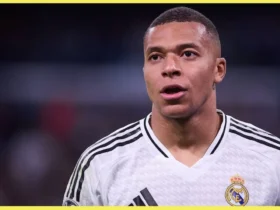
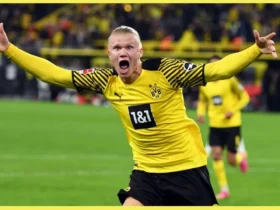
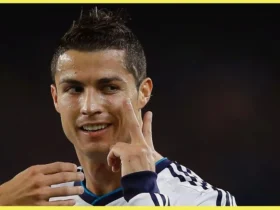
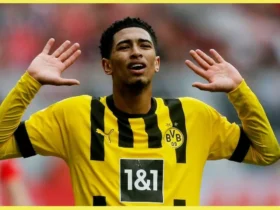

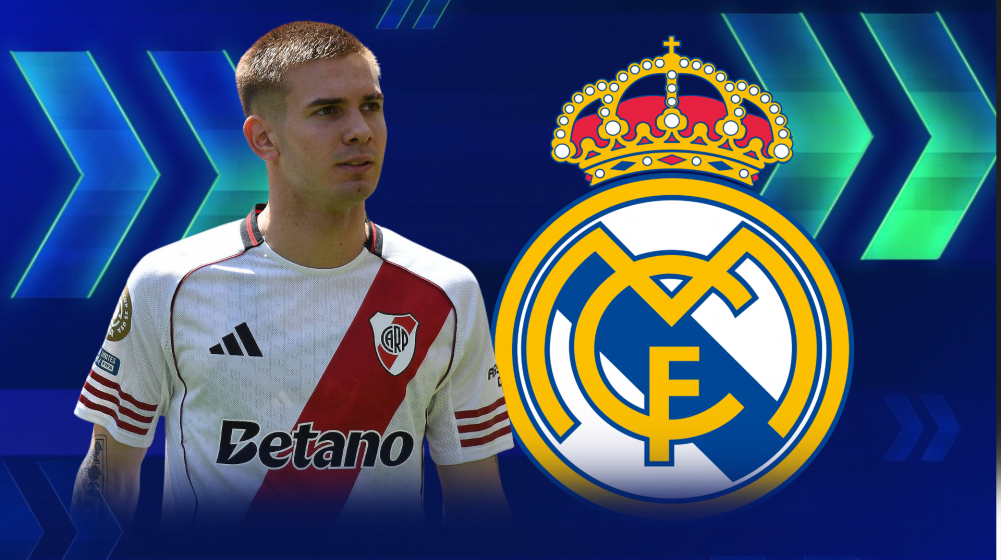
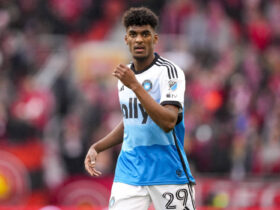


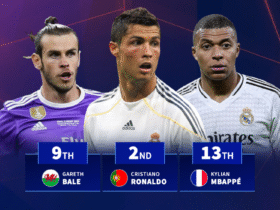
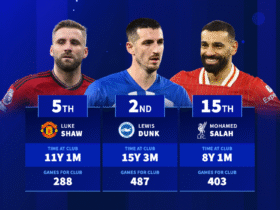
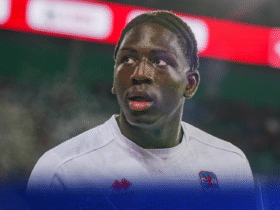
Leave a Reply
View Comments